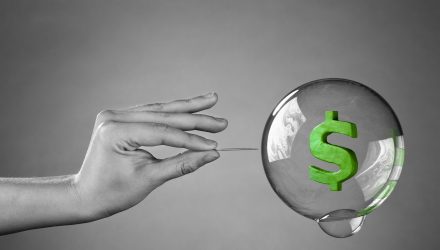Bitcoin, the leading cryptocurrency, is far removed from the days when it reached $19,873 in its mid-December stratospheric rise last year as it has fallen below $4,000 –a drop of more than 80%–as post-Thanksgiving bears feasted on the digital currency.
However, bulls are quick to dismiss that the bubble has burst for Bitcoin, citing that its latest 80% drop in valuation is not the largest in its history of market corrections.
— Dennis Parker⚡️ (@Xentagz) November 21, 2018
Others are keen to say that the latest drop-off in price will attract an influx of institutional investors as the number of retail investors fall quickly to the wayside.
“Through 2017 all of the buyers were retail — as the price is drawing down you’re starting to see institutional investors come in,” said Anthony Pompliano, founder and partner at crypto investment firm Morgan Creek Digital Assets, who remains bullish on Bitcoin in the long term.
Until the cryptocurrency that was once the toast of the town can resuscitate itself and get out of its latest correction, it calls to mind market bubbles of the past that elevated investors into a state of euphoria before unceremoniously popping and crashing down to earth.
“Tulipmania” in the Early 1600s
Unlike Bitcoin, tulips were an actual, tangible thing that you can see and hold. In fact, it was their rarity and exotic beauty that caused them to be incredibly overvalued between the years 1634 to 1637 when “Tulipmania” reached fever pitch in the Netherlands.
The perceived value of the tulip bulbs created a market of flippers, investors who purchase an asset and sold it later at a higher price for profit, who capitalized on the demand for tulips–demand-fueled speculation was apparently so high that the price of one tulip reached $10,000 in today’s valuation. Eventually, “Tulipmania” withered sharply as sellers were desperate to unload with no buyers in site as the tulip market crashed and brought the whole Netherlands economy with it, resulting in a mild economic depression that wouldn’t subside until years later.
The South Sea Bubble of the Early 1700s
The South Sea Company, an international trading company, was granted special rights to trade in the South Seas, which is now comprised of South America today, by the British government. In an incredible marketing and promotions sleight-of-hand, South Sea Company executives touted the company’s exclusivity to trade in the South Seas, causing its shares to skyrocket.
